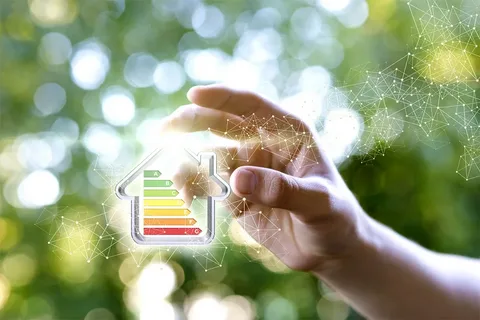Many homeowners focus on windows, doors, and HVAC systems to improve energy efficiency, but one critical area is often overlooked: the attic. An uninsulated or poorly insulated attic allows heat to escape in the winter and enter in the summer, making it harder for a home to maintain a comfortable temperature. This increases the load on heating and cooling systems, leading to higher energy bills and unnecessary appliance wear. We will explore why attic insulation is crucial in creating a more energy-efficient home, how it impacts indoor comfort, and what homeowners need to consider when evaluating their current insulation levels. By understanding the role of insulation in the attic, it becomes clear that this part of the home significantly reduces energy waste and supports a sustainable lifestyle.
Table of Contents
Advantages of attic insulation
- Understanding the Role of Insulation in Temperature Control
Attic insulation serves as a thermal barrier, slowing the transfer of heat between the inside of a home and the external environment. In the summer, insulation helps block heat from penetrating the living spaces below, keeping the home cooler without overworking the air conditioning. In the winter, insulation retains the warmth generated indoors, preventing it from escaping through the roof. Without adequate insulation, a home can lose a significant percentage of its heating and cooling energy through the attic, affecting comfort and increasing monthly utility costs. Homeowners often underestimate the difference proper insulation can make, particularly in older houses where insulation may have deteriorated or been installed at insufficient levels. Investing in attic insulation upgrades can result in noticeable improvements in both comfort and energy savings. It’s also worth noting that insulation’s effectiveness is measured in R-values, with higher numbers indicating greater resistance to heat flow. Depending on climate zones, recommended R-values will vary, making it essential to consult guidelines tailored to each region.
- Choosing the Right Type of Insulation Material
When insulating an attic, homeowners have several material options, each with its advantages. Fiberglass batt insulation is one of the most common types, and it is known for its ease of installation and affordability. Blown-in cellulose insulation offers excellent coverage, filling gaps and crevices more effectively than batt insulation, which can leave voids if not installed meticulously. Though typically more expensive, spray foam insulation provides an air-sealing benefit in addition to its insulating properties, making it a desirable choice for homes dealing with air leakage issues. The decision on which material to use depends on several factors, including budget, existing insulation, and the attic’s structure. It’s also important to consider whether the attic space is used for storage or mechanical equipment, as some insulation types may limit access or require protective barriers. Consulting with a qualified professional can help determine the most appropriate material and application method for achieving optimal results without compromising safety or accessibility.
- Signs That Your Attic May Need New Insulation
Recognizing when an attic needs insulation improvements isn’t always straightforward, but there are some telltale signs homeowners can watch for. Uneven temperatures between different rooms, especially between floors, may suggest inadequate attic insulation. If energy bills have been rising without a corresponding increase in energy usage, heat loss through the attic could be a contributing factor. Ice dams forming on the roof during winter are another indicator of poor attic insulation and ventilation, as warm air from the home melts snow on the roof, refreezing at the edges. Visible gaps, compressed insulation, or insulation that feels damp or moldy are clear signs that replacement or augmentation is necessary. Addressing insulation issues sooner rather than later restores energy efficiency and prevents further damage to the home’s structure. Regular inspections, especially after roof repairs or leaks, can catch insulation problems early and reduce the likelihood of costly repairs.
Making Attic Insulation a Priority
Improving attic insulation is one of the most effective ways to enhance a home’s energy performance and comfort. By reducing heat loss in the winter and heat gain in the summer, insulation lowers energy demands on heating and cooling systems, reducing utility bills and a smaller environmental footprint. Homeowners who invest in upgrading their attic insulation can enjoy a more comfortable indoor environment year-round while also increasing the long-term value of their property. Beyond energy savings, properly insulated attics contribute to better moisture control, reduced noise transmission, and protection against pests. With various materials and installation methods available, it’s possible to tailor an insulation solution that fits the home’s structure and the homeowner’s budget. As energy efficiency standards continue to rise, taking proactive steps to improve attic insulation ensures that a home remains competitive, sustainable, and comfortable for years.
